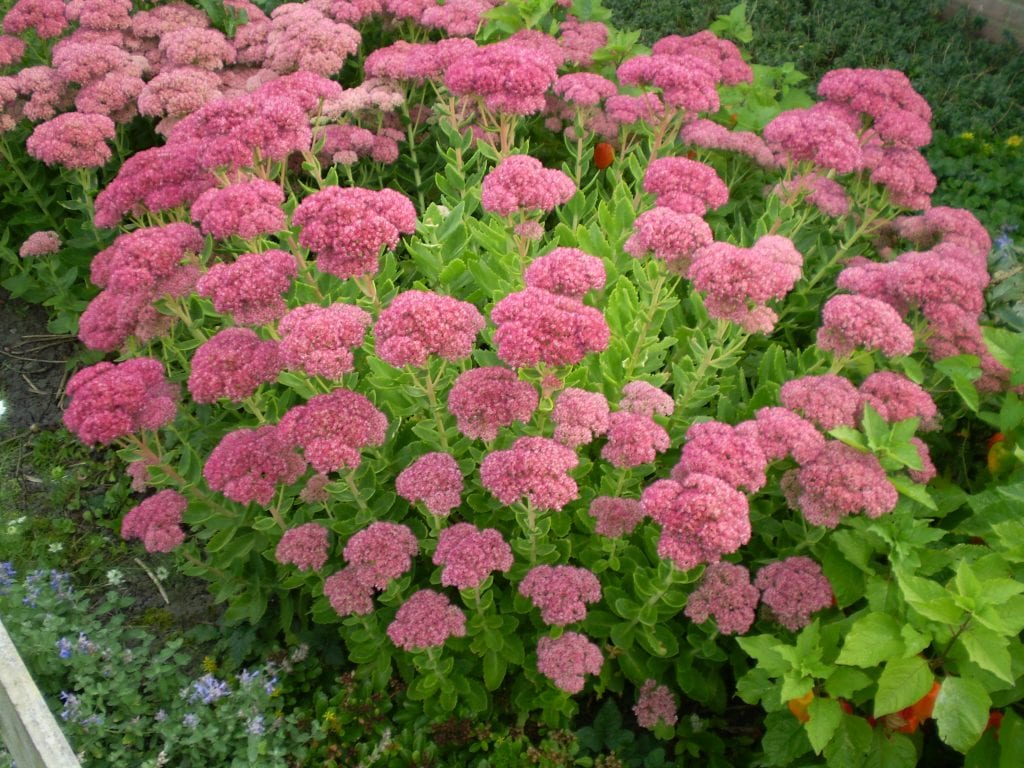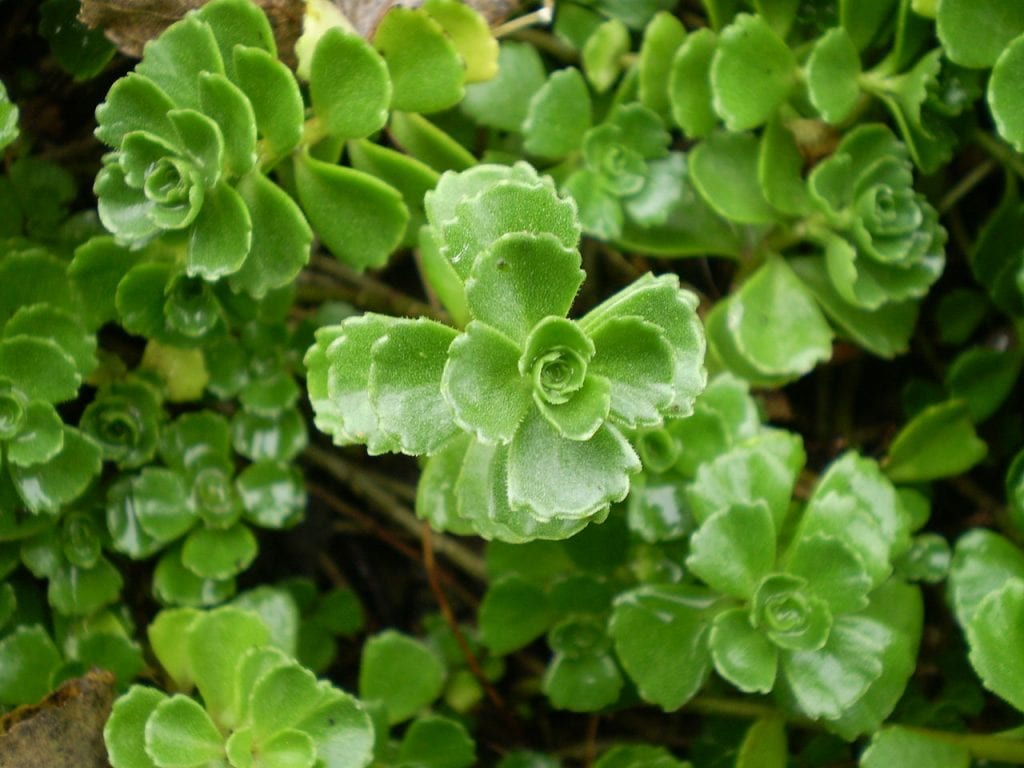
sedum spectabile
If you do not have much experience in the cultivation of Green there are some plants that are more recommended than others. One of the most suitable for beginners is the silk, which is a crass or non-cactus succulent found in all temperate regions of the world.
There is a great variety; so much so that of the more than 400 accepted species, there are about twenty that can be found for sale in nurseries and online stores. But, Why grow silk?
Doesn't need a lot of water

Sedum spurium 'Album Superbum'
Silk is a succulent plant that is highly resistant to drought. So much so that can be planted in gardens with little irrigation together with other plants or in the rockery. They can also be on the terrace, either in an individual pot or in planters with other succulents.
So that it grows well It should be watered twice a week in the hottest months, and every 4-5 days the rest of the year. In case of doubt, it is very important to control the humidity of the soil or substrate, inserting a thin wooden stick to see if it has come out clean (which would indicate that the soil is very dry) or not.
Multiplies easily
If you need several copies, You will only have to make stem cuttings in spring or summer and plant them in a pot with sandy substrates.as akadama, pumice or vermiculite. They will root in just a week or two at the most, so you won't need to spend money on another specimen 🙂.
Withstands indoor conditions

Sedum rubrotinctum
Silk is unfortunately a bit chilly. Most species only withstand weak and short-term frosts, but this is not a problem: if you live in an area with a cold climate, you can keep it indoors. Place it in a room with plenty of natural light and away from drafts, and you can show off your plant.
Does not require any special care
At your silk you will not have to prune it (unless you want to multiply it, of course), just water it from time to time and fertilize it throughout the growing season (spring and summer) with mineral fertilizers such as Nitrofoska once every 15 days.
So what are you waiting for to get one? 🙂